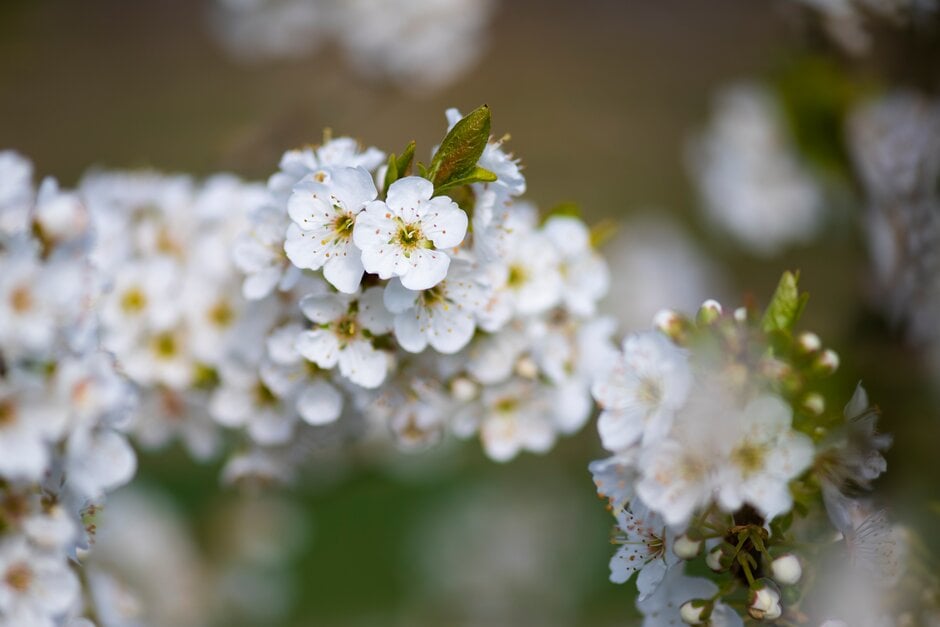Prunus salicina 'Shiro'
plum 'Shiro'
A Japanese plum producing medium size fruit with yellow skin and flesh. For warm sheltered sites only. The white, early spring blossom is prone to frost damage and protection is usually needed. It may set some fruit on its own, but it benefits significantly from cross-pollination with another Japanese plum to set good crops. Cropping season: July

Size
Ultimate height
2.5–4 metresTime to ultimate height
5–10 yearsUltimate spread
2.5–4 metresGrowing conditions
Moisture
Moist but well–drained, Well–drainedpH
Acid, Alkaline, NeutralColour & scent
| Stem | Flower | Foliage | Fruit | |
| Spring | Green | |||
|---|---|---|---|---|
| Summer | White | Green | Yellow | |
| Autumn | ||||
| Winter |
Position
- Full sun
Aspect
South–facing or West–facing
Exposure
Sheltered Hardiness
H4Botanical details
- Family
- Rosaceae
- Native to GB / Ireland
- No
- Foliage
- Deciduous
- Habit
- Bushy
- Genus
Prunus can be deciduous or evergreen trees or shrubs with showy flowers in spring, and often good autumn foliage colour. Some have edible fruit in autumn, and a few species have ornamental bark
- Name status
Accepted
- Horticultural Group
- Dessert cherries are sweet and juicy and are best eaten picked fresh and raw
How to grow
Cultivation
Tolerant of a range of soils as long as well drained, but prefers loamy, ideally slightly acidic soils pH of 6 to 6.5. Plant in a sunny, sheltered site. Flowers may be susceptible to spring frosts damage. Thin fruit if necessary. See How to grow: Plums for further cultivation details
Propagation
Propagate by chip budding or grafting onto a rootstock for fruit. The rootstock will largely determine the vigour of the tree
Suggested planting locations and garden types
- Cottage and informal garden
- Wildlife gardens
- Edible fruit
- Wall side borders
Pruning
Prune regularly depending on how the tree is trained – see pruning plums. Train fan-trained trees in spring. Pruning established fans is carried out in early summer and after harvest
Pests
May be susceptible to plum aphid, red spider mite and winter moth caterpillar. The fruit can be damaged by plum moth caterpillars, wasps and birds
Diseases
May be susceptible to peach leaf curl, silver leaf, bacterial canker, blossom wilt and honey fungus
Get involved
The RHS is the UK’s gardening charity, helping people and plants to grow - nurturing a healthier, happier world, one person and one plant at a time.